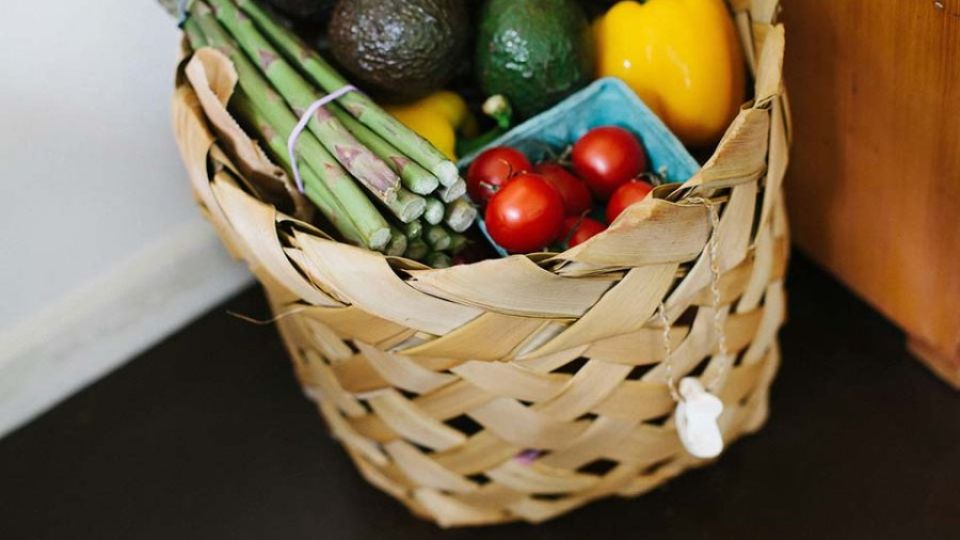October 17, 2024
DHAKA – In all seriousness, the rising costs of essentials are no laughing matter for the vast majority struggling to make ends meet. For the lower-income groups, the situation is even grimmer.
Nowadays, cucumber is sold at Tk 100 per kg. Who knew the day would come when we have to spend this amount of money to buy a kitchen essential such as cucumber? So, if you invite friends over, even just for a salad, you better make sure they are worth the cucumbers!
Wherever you go, be it the bustling stalls of Karwan Bazar or the air-conditioned aisles of your local super shop, the skyrocketing prices of everyday essentials would leave you scratching your head in disbelief, especially if you are one of those who have not paid a visit to the market in a while.
A single cabbage now costs Tk 70. However, the real tear-jerker? Tomatoes at a staggering Tk 260 per kg. If your culinary repertoire includes anything with tomatoes, you might need to rethink your menu or start treating tomatoes like a garnish – sparingly sprinkled, not generously poured!
You may have bought okra at a price of around Tk 40 to Tk 60. Now, this beloved vegetable costs Tk 110 per kg! Just when did our “lady’s fingers” become as precious as gold rings? Even pumpkins, which used to be the poster child for affordable vegetables at around Tk 35-40 per kg, are now prancing around the Tk 70-80 mark. Meanwhile, the pointed gourd has hit the century, costing between Tk 100-120 per kg.
I assume you might soon need a personal loan to afford a decent curry.
Needless to say, the middle class finds themselves in an awkward dance of budgeting versus nutrition. Should they settle for a medley of starches? The carbohydrate-heavy diet is making a comeback, not as a dietary choice, but as a financial necessity. In this economic climate, even the potato, once the humble king of the vegetable drawer, has begun to eye the crown worn by the likes of saffron.
And let’s not forget the protein corner, where chicken and eggs are vying for the spotlight. A broiler chicken, which was once a regular guest at dinner tables, now commands a price of Tk 200-220 per kg. The Sonali chicken, always a bit posher, is strutting around at Tk 280-300 per kg.
Eggs have maintained a slightly steadier pace at Tk 160-180 per dozen, but with syndicates allegedly driving up prices, one wonders if eggs might soon be sold individually, encased in velvet boxes. Imagine the plight of a family where once a simple omelette could be whipped up for a quick dinner. Now, it’s like planning a strategic operation. Should they buy the eggs, or should they wait to see if prices go down next week?
The fish market is not any less dramatic. Hilsa, the beloved silver of Bengal, is now being sold for Tk 2,100 per kg. If you are buying hilsa these days, you are either very affluent or very in love with fish.
Here’s hoping that the market gods will soon tire of their cruel game and grant us some respite. Until then, keep your friends close and your wallet closer. And maybe start a veggie garden – because, at this rate, growing your food might just be the next big investment strategy!
So, turn that balcony into a mini-farm or that rooftop into a vegetable haven. Not only could you potentially bypass the market madness, but you might also get in some good exercise, dodging the skyrocketing gym memberships.


